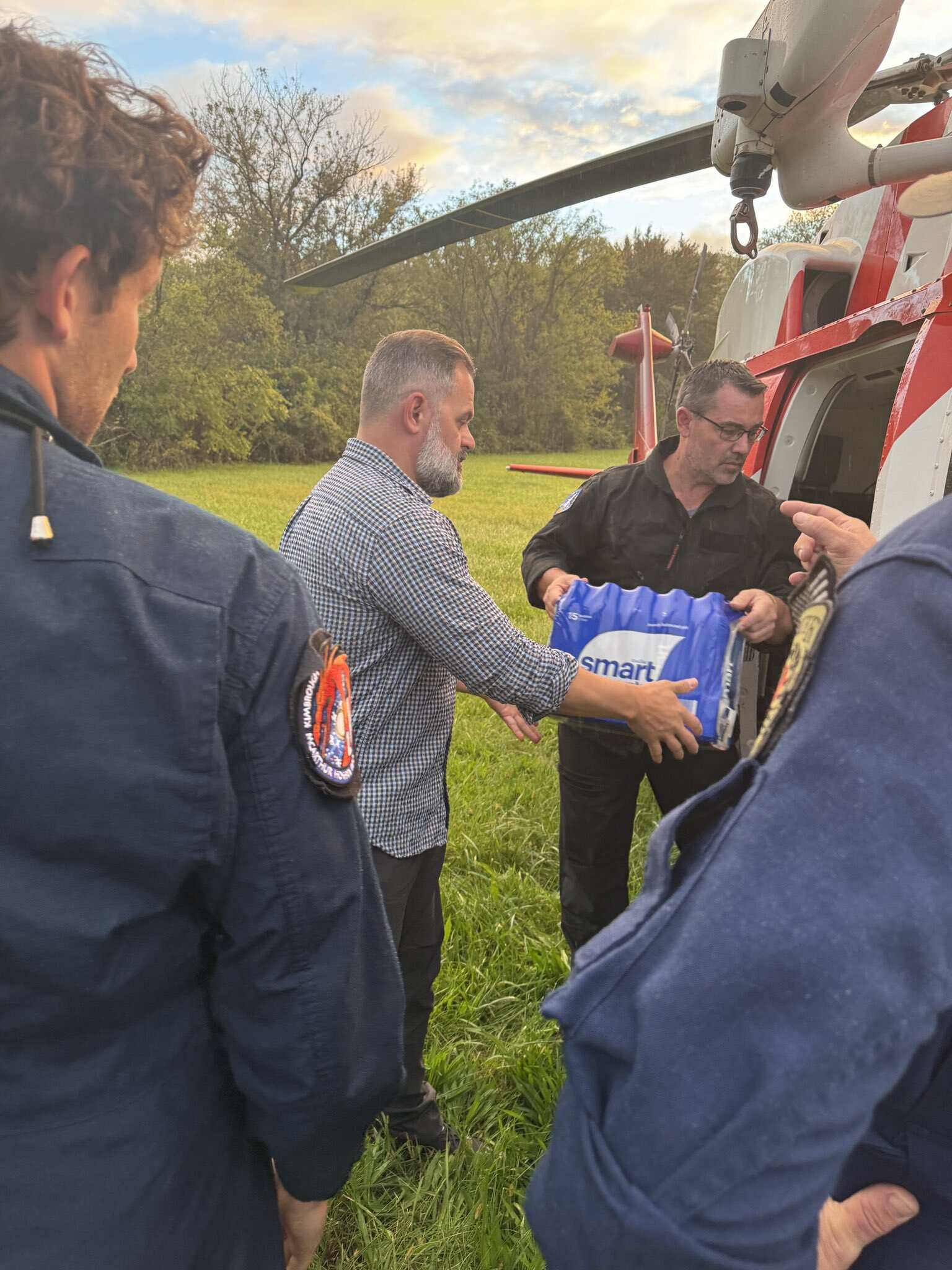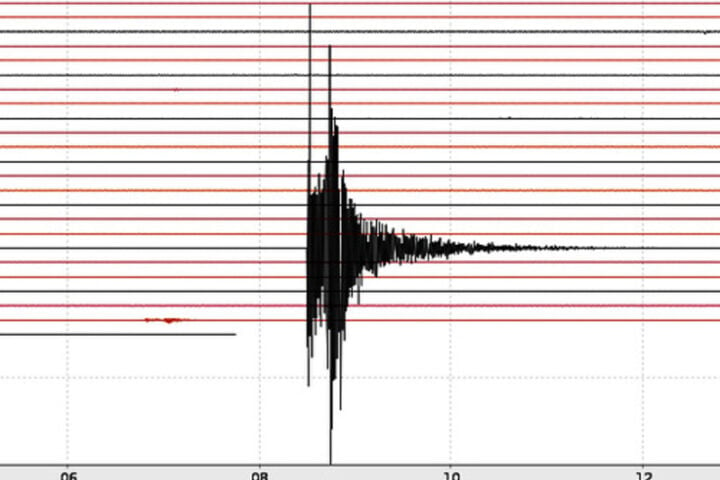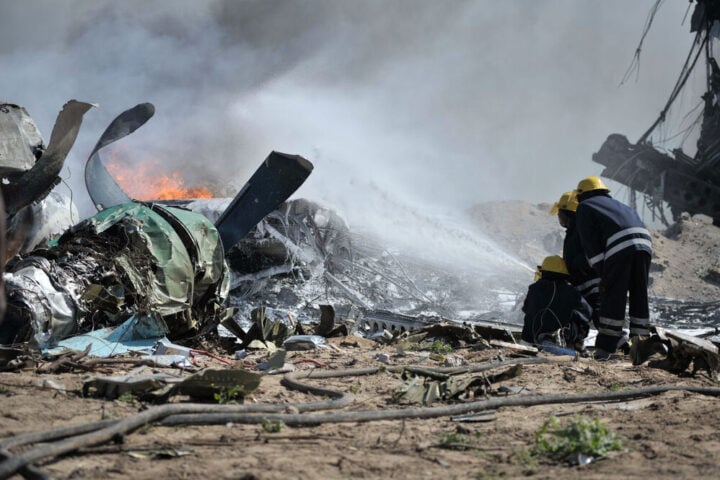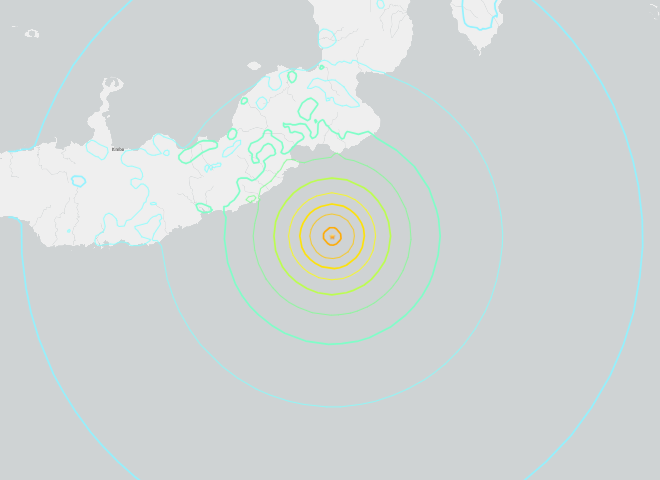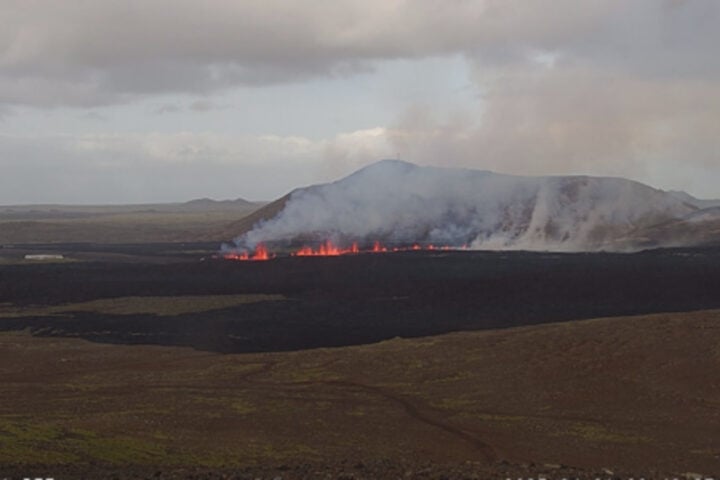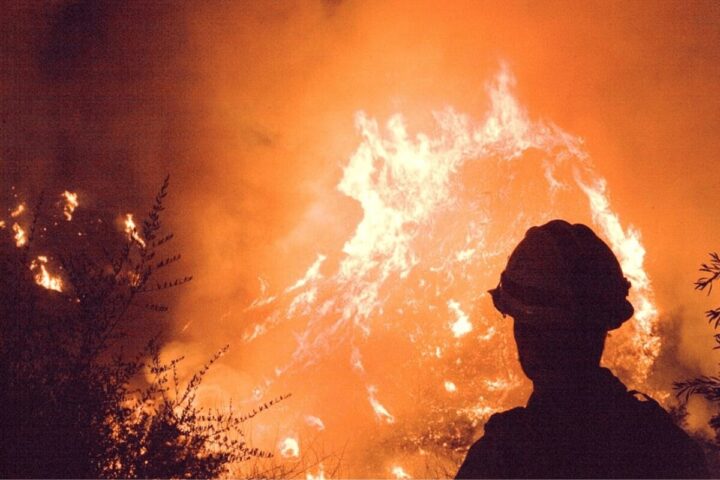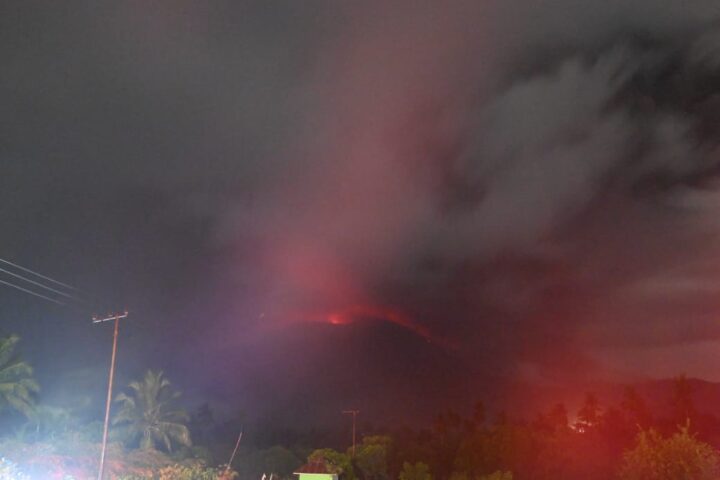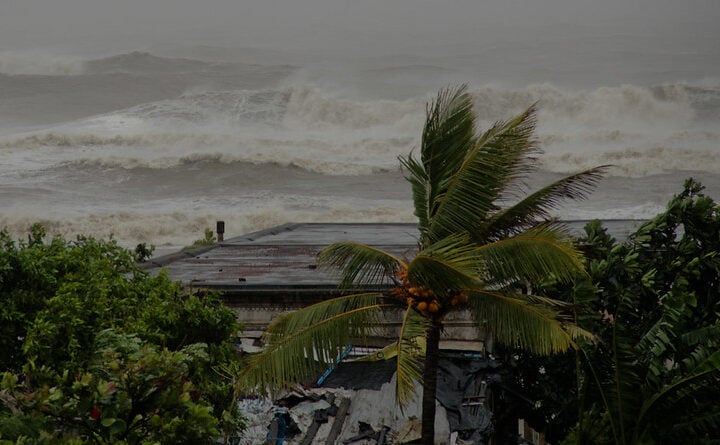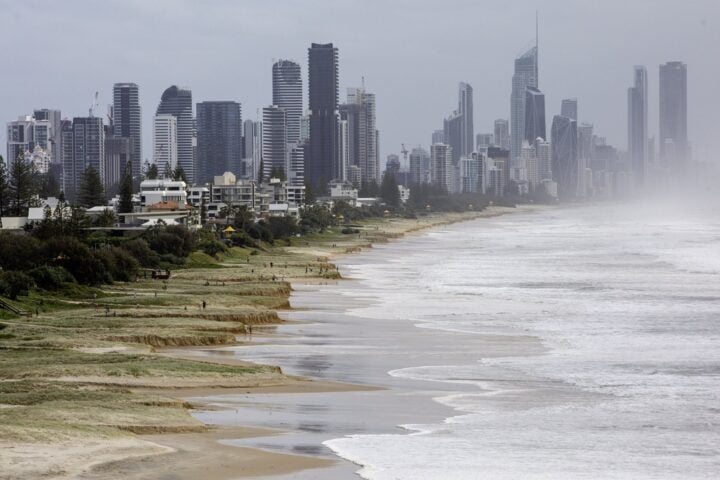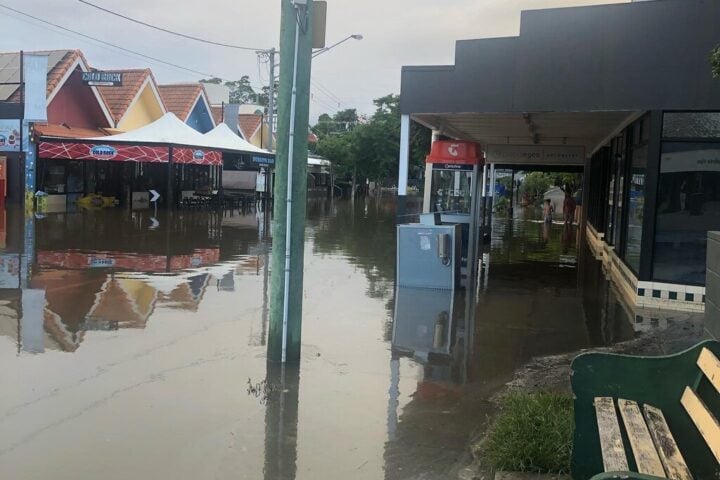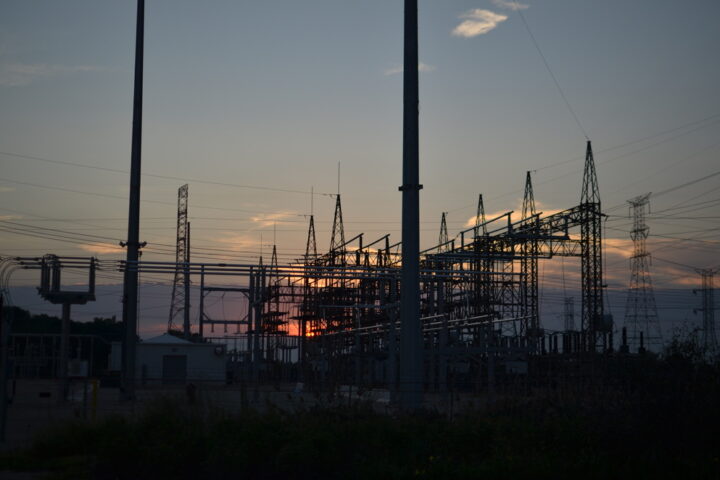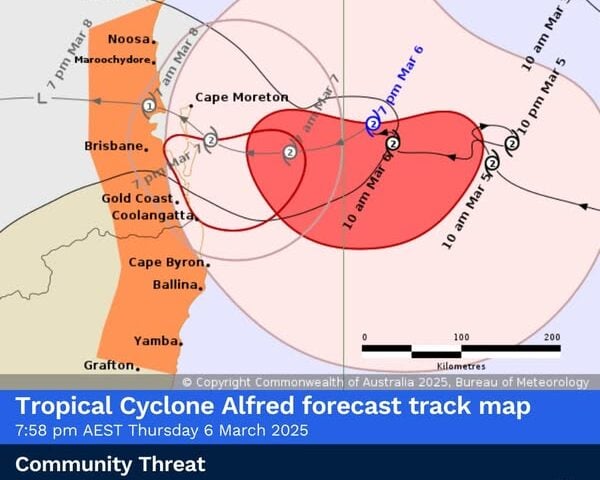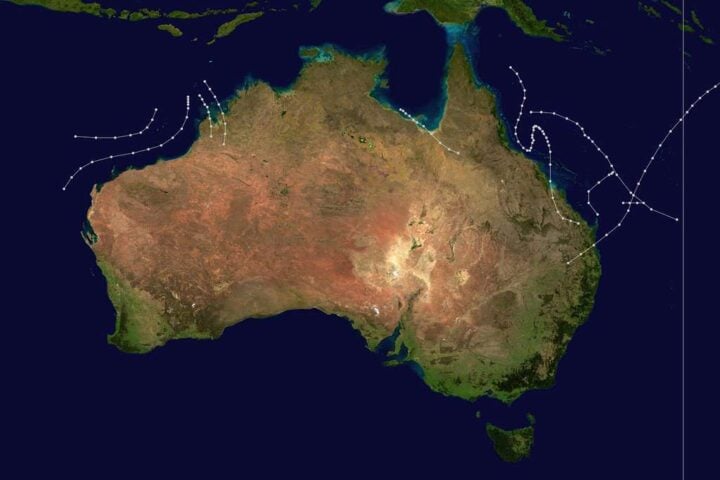As Hurricane Helene’s devastating impact continues to unfold across the southeastern United States, a combination of grassroots relief efforts and political action is emerging to aid affected communities. The storm’s death toll has reached around 182, with hundreds still unaccounted for and thousands grappling with power outages and property damage.
Rep. Cory Mills Leads Personal Relief Mission
Florida Republican Congressman Cory Mills has taken an unconventional approach to disaster response, launching a personal rescue mission in North Carolina. Mills, an Army combat veteran, partnered with private helicopter company Mercury One to deliver essential supplies to hard-hit areas from Monday.
“Western NC you’re not forgotten and I’m in bound with more support. God bless,” Mills said in a social media post. His team has already distributed thousands of pounds of supplies, including food, water, diapers, non-perishables, insulin medication, and oxygen to regions facing critical shortages.
Mills’ operation has utilized two helicopters for both supply delivery and search and rescue missions in Bernardsville, Poplar, Burnsville, and surrounding areas. On Tuesday, the team conducted a hoist operation to rescue an elderly man, demonstrating the versatility of their approach.
This isn’t Mills’ first foray into disaster relief. He previously provided support during Hurricanes Nicole and Ian in his Florida district and conducted rescue operations in Haiti and Afghanistan. His experience underscores a growing trend of civilians, often with military or law enforcement backgrounds, stepping in to fill gaps in official response efforts.
Community-Driven Relief Efforts Take Flight
In Charleston, South Carolina, local organizers are mobilizing to send aid northward. Cam Brown of HYLO Fitness spearheaded a supply drive that quickly gained momentum. Collaborating with Charleston County officials, Brown’s team loaded a cargo plane bound for Asheville, North Carolina.
“Once I started seeing how much stuff we were collecting already, it was kind of like divine intervention,” Brown explained. The cargo plane is set to transport pallets of water, diapers, and other critical supplies to Asheville County Airport.
The community response has been overwhelming, with donations pouring in from various sources. Brown says in a statement made to WCBD News 2, that HYLO Fitness in West Ashley, Angel Oak Elementary, and ETHOS continue to accept supplies, highlighting the ongoing nature of relief efforts, as reported by Katie Fongvongsa.
Hurricane Helene’s Devastating Impact
The full extent of Hurricane Helene’s destruction is still being assessed. Roads in western North Carolina have been washed away or blocked, isolating some communities. As of Tuesday morning, thousands across several states remained without power, complicating rescue and relief operations.
The White House reported that up to 600 people were unaccounted for as of Monday afternoon, underscoring the urgency of ongoing search and rescue efforts. The lack of cell service in many areas has hampered communication, making it difficult for authorities to contact families and assess the full scope of the disaster.
Similar Posts
Long-Term Recovery Challenges
As per climameter.org, Hurricane Helene rapidly intensified and made landfall in Florida’s Big Bend as a Category 4 hurricane on September 26, 2024, causing severe flooding and wind damage across the southeastern United States. The storm’s extreme precipitation and strong winds were exacerbated by human-driven climate change, leading to significant impacts in Florida, the Carolinas, Georgia, Tennessee, and Virginia.
As immediate relief efforts continue, attention is turning to long-term recovery plans. The estimated cost of damages is expected to run into billions of dollars, with thousands of homes and businesses affected. Rebuilding infrastructure, restoring power, and providing ongoing support to affected communities will be key priorities in the coming months.
Disaster relief experts emphasize the importance of sustained community involvement in recovery efforts. The rapid mobilization of resources seen in the aftermath of Hurricane Helene demonstrates the critical role that local initiatives can play in complementing official disaster response.
Looking Ahead: Preparedness and Resilience
The response to Hurricane Helene highlights evolving trends in disaster relief, particularly the increasing role of community-driven initiatives. As climate change potentially intensifies the frequency and severity of extreme weather events, experts stress the need for improved preparedness and resilience strategies.
Future disaster response plans may need to incorporate greater flexibility to accommodate and coordinate with grassroots efforts like those seen in the wake of Hurricane Helene. The experiences of volunteers and survivors in this disaster could inform policy decisions and emergency management practices moving forward.
As relief efforts continue, the focus remains on meeting immediate needs while laying the groundwork for long-term recovery. The convergence of political action, private sector involvement, and community mobilization in response to Hurricane Helene may serve as a model for future disaster relief operations, emphasizing the power of collective action in times of crisis.
